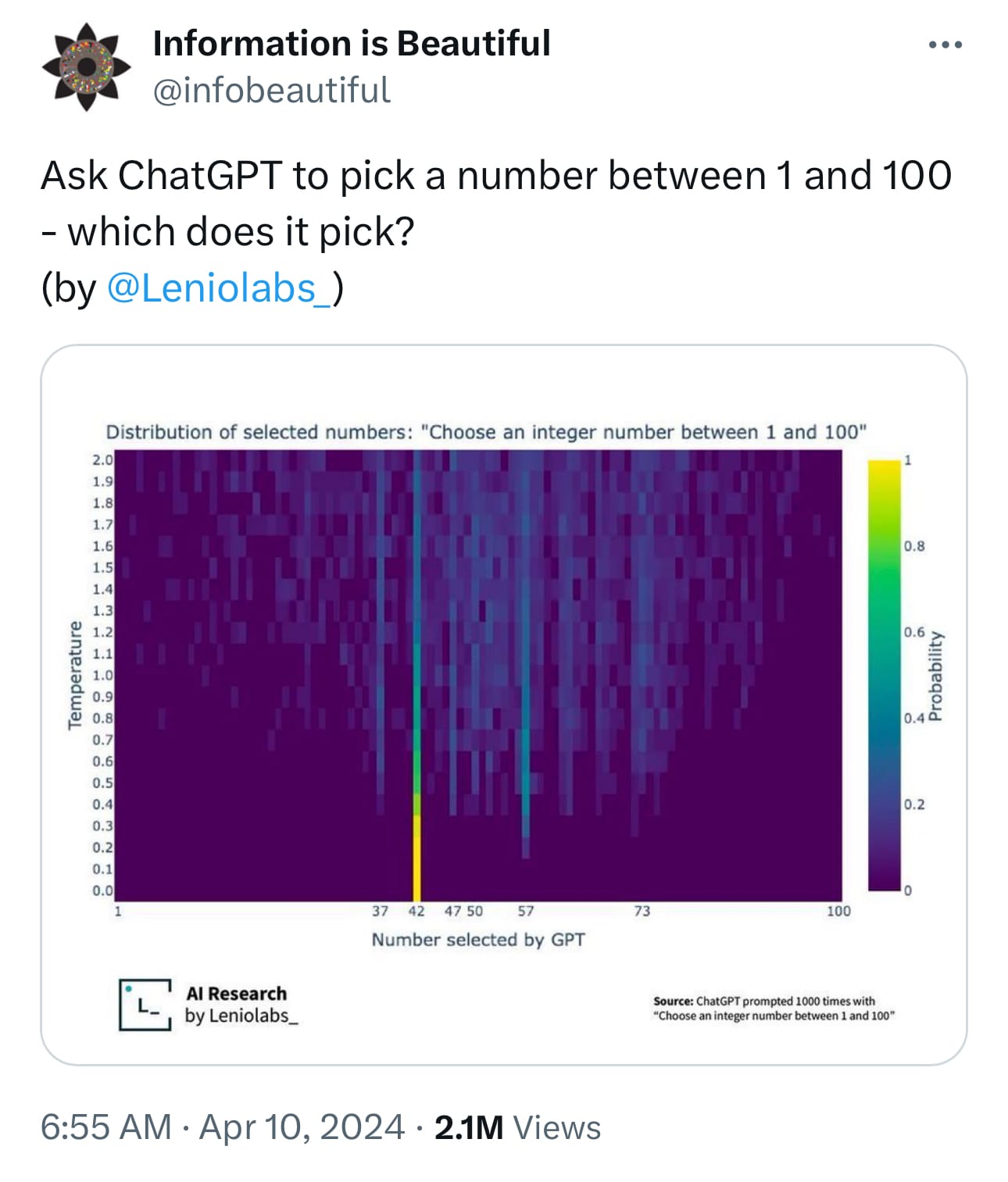The $1 Trillion Question
The $1 Trillion Question, Mortality in the Age of Generative Ghosts, Your Mind and AI, How to Design AI Tutors for Learning, The Imagining Summit Preview: Adam Cutler, and Helen's Book of the Week.
A running catalog of the facts & figures we publish every week in our newsletter.

Sources:
Facts & Figures Sources:



The Artificiality Weekend Briefing: About AI, Not Written by AI